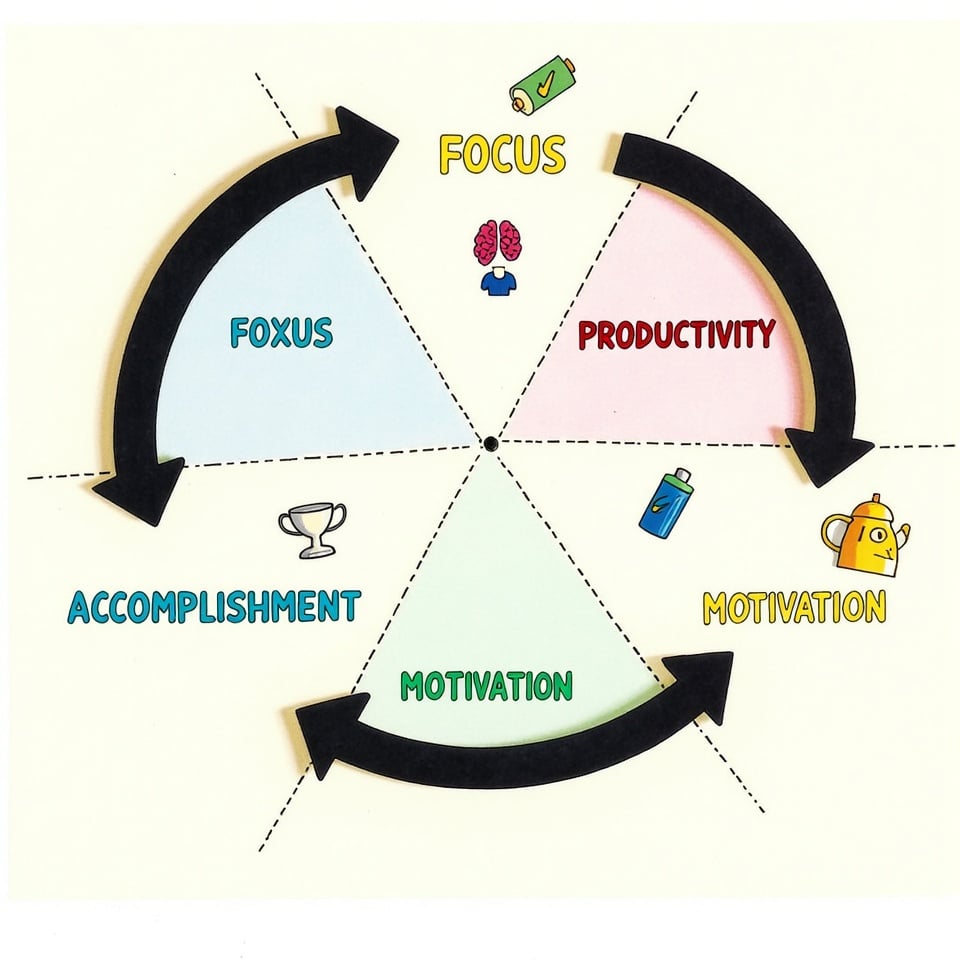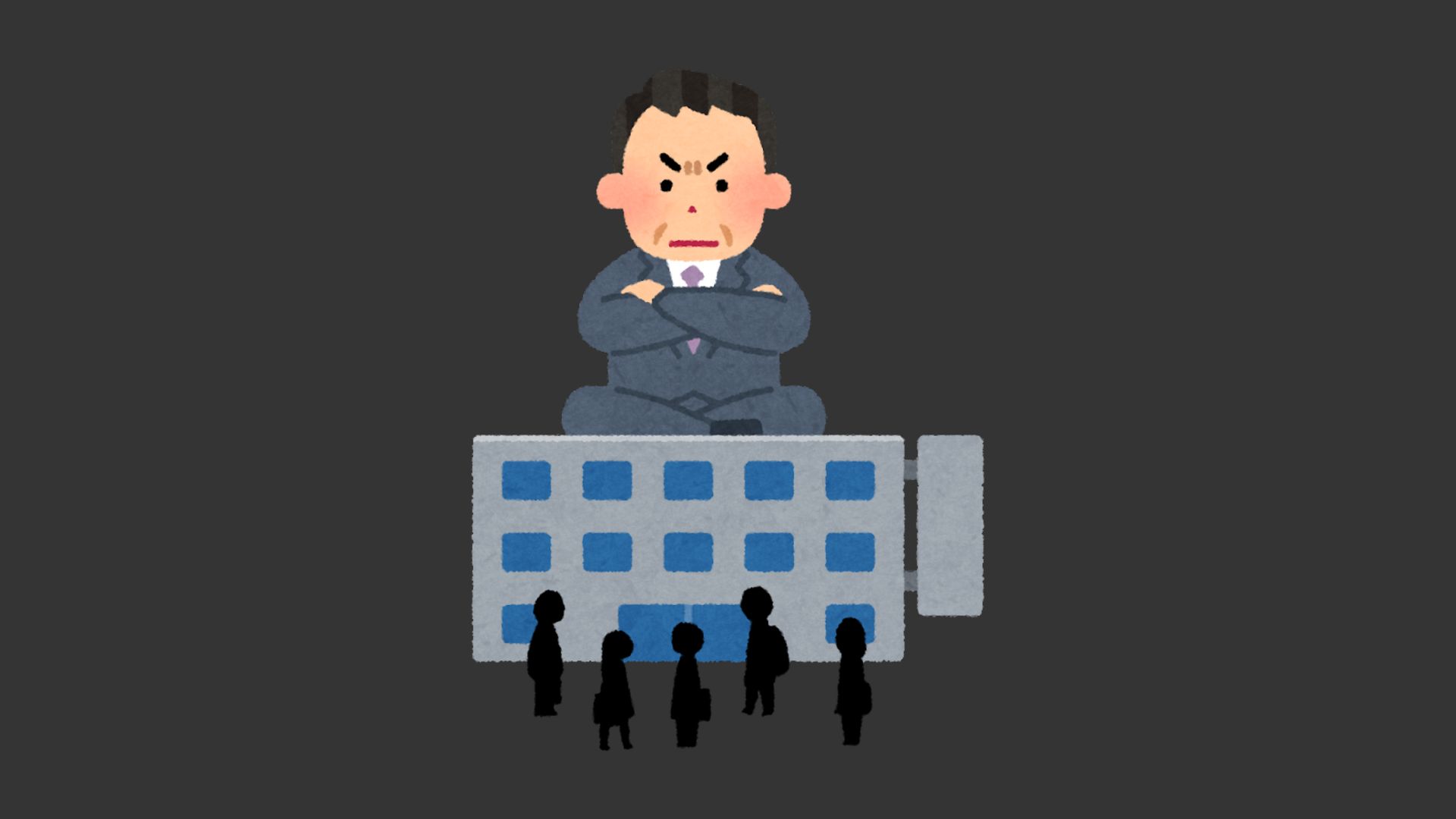When it comes to understanding and sharing information, two essential skills come into play: paraphrasing and summarizing.
Whether you’re a student working on a research project, a professional creating content, or simply someone looking to share an interesting article with a friend, being able to accurately convey complex ideas in your own words is crucial.
But what’s the difference between paraphrasing and summarizing?
In this article, we’ll explore the ins and outs of these two techniques, and help you master the art of rephrasing and condensing content like a pro.
Table of Contents
Paraphrasing vs. summarizing: What’s the difference?
Paraphrasing and summarizing are often used interchangeably, but they serve distinct purposes.
So, what sets them apart?
Paraphrasing is about rephrasing someone else’s words in your own unique way. You’re essentially saying the same thing, but with different words and a fresh tone.
Think of it like translating a sentence from one language to another—the meaning stays the same, but the words change.
When you paraphrase, you’re trying to capture the original message, but with your own voice and style.
On the other hand, summarizing is about condensing a larger piece of content into a shorter, more digestible version. You’re highlighting the main points and key takeaways, while leaving out the extra details.
Summarizing is like creating a map to help others navigate a complex topic – you’re showing them the most important landmarks and routes.
To illustrate the difference, imagine you’re reading a book about a historical event. Paraphrasing would involve rephrasing a specific sentence or paragraph in your own words, while summarizing would involve capturing the main events and themes of the entire book in a shorter summary.
What is paraphrasing?
Paraphrasing is a way of saying something in your own words. It’s like rewriting a sentence or a paragraph to make it sound fresh and new.
When you paraphrase, you’re not changing the meaning of the original text—you’re just using different words to express the same idea.
This helps to avoid copying someone else’s work and makes your writing more original and interesting.
Think of paraphrasing like a puzzle. You take the original pieces (words and ideas) and reassemble them into a new picture that looks different, but still shows the same thing.
Paraphrasing is an important skill to master, especially in writing and communication, because it helps you to convey complex ideas in a unique and engaging way.
Examples of paraphrasing
Let’s look at some examples of paraphrasing in action:
Original sentence: ‘The new policy will help to reduce carbon emissions and create a cleaner environment.’
Paraphrased sentence: ‘By implementing the new policy, we can cut down on pollution and make our air cleaner.’
Notice how the paraphrased sentence says the same thing as the original sentence, but uses different words and a slightly different structure?
Here’s another example:
Original sentence: ‘The company’s mission is to provide high-quality products and excellent customer service.’
Paraphrased sentence: ‘Our goal is to deliver top-notch products and treat our customers with the respect and care they deserve.’
In both cases, the paraphrased sentence conveys the same meaning as the original sentence, but with a fresh and new tone.
What is summarizing?
Summarizing is a way of shortening a long piece of text into a shorter version that still captures the main ideas.
It’s like creating a snapshot of a bigger picture—you’re highlighting the most important parts and leaving out the details.
When you summarize, you’re helping others quickly understand the main points of a text, article, or story.
Think of summarizing like packing a suitcase for a trip. You can’t take everything with you, so you choose the most important things to bring along.
Summarizing is like choosing the most important ideas and information to share with others.
Examples of summarizing
Let’s look at some examples of summarizing in action:
Original text: ‘The new school will have 20 classrooms, a gym, a library, and a cafeteria. The school will be open from 8am to 3pm, Monday to Friday. Students will have access to computers, tablets, and other technology. The school will also offer sports teams, music programs, and art classes.’
Summarized version: ‘The new school will have 20 classrooms, a gym, and a library, and will offer a range of activities, including sports, music, and art.’
Notice how the summarized version still captures the main ideas of the original text, but leaves out some of the details?
Here’s another example:
Original text: ‘The article discusses the importance of recycling, the impact of pollution on the environment, and ways to reduce waste. It also talks about the benefits of using public transportation and carpooling.’
Summarized version: ‘The article highlights the need to reduce waste and pollution, and suggests ways to live more sustainably, including recycling and using public transportation.’
In both cases, the summarized version conveys the main ideas of the original text, but in a shorter and more concise way.
When to paraphrase and when to summarize
Now that we know what paraphrasing and summarizing are, let’s explore when to use each technique.
Here are some guidelines to help you decide.
When to paraphrase
So, when should you paraphrase?
Here are some situations where paraphrasing is the best choice:
- When you want to explain a complex idea in your own words
- When you want to avoid copying someone else’s work
- When you want to make a text more interesting and engaging
- When you’re writing a research paper or essay and need to include information from other sources
For example, let’s say you’re writing a report on a book you read. You want to include a quote from the book, but you don’t want to copy the exact words. You can paraphrase the quote to make it your own and fit it into your report.
When to summarize
On the other hand, when should you summarize? Here are some situations where summarizing is the best choice:
- When you want to give a quick overview of a long text or article
- When you want to highlight the main points of a story or event
- When you’re short on time and need to get the gist of a text quickly
- When you’re writing a summary or abstract of a longer piece of writing
For example, let’s say you’re reading a long article about a new scientific discovery.
You want to tell your friend about it, but you don’t want to read the whole article out loud. You can summarize the article to give your friend the main points and highlights.
The key difference
So, what’s the key difference between paraphrasing and summarizing? It’s all about the purpose. When you paraphrase, you’re trying to explain something in your own words.
When you summarize, you’re trying to give a quick overview of the main points. By choosing the right tool for the job, you can communicate more effectively and make your writing more engaging and interesting.
FAQs
Is paraphrasing and summarizing considered plagiarism?
No, paraphrasing and summarizing are not considered plagiarism if you do them correctly. Plagiarism is when you copy someone else’s work without giving them credit. But if you paraphrase or summarize someone’s work and give them credit, you’re not plagiarizing. You’re actually showing that you understand what they said and can say it in your own words.
What is the difference between paraphrasing and summarizing?
Paraphrasing and summarizing are both ways to take someone else’s words and make them your own. But they’re different in how you do it. Paraphrasing is when you take someone’s words and say them in a new way, using your own words. Summarizing is when you take someone’s words and shorten them down to just the main points. Think of it like this: paraphrasing is like rewriting a sentence, while summarizing is like writing a headline.
Is it better to summarize or paraphrase?
It depends on what you’re trying to do. If you want to give a quick overview of something, summarizing is probably better. But if you want to explain something in more detail, paraphrasing is probably better. Both summarizing and paraphrasing are useful tools, and it’s good to know how to do both. The important thing is to choose the right tool for the job and to always give credit to the person who originally said it.







